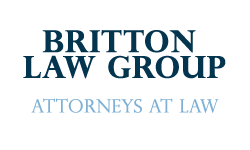Land Trusts
Land Trusts
A land trust is a device by which land is conveyed to a trustee for the benefit of another. A settlor is the owner of the property that is placed into the trust. A land trust is created when settlor expresses his or her intent to create a trust through a written instrument. The instrument must name the trustee and identify the trustee’s powers, the beneficiaries, and any remaindermen. The settlor may be the trustee and, in most cases, the beneficiary of the land trust.
Written Instrument
The Statute of Frauds requires a written instrument in order to validly convey land. The writing can consist of any form of a deed, a testamentary trust that is created by the settlor’s will, or an inter vivos trust that the settlor creates during his or her lifetime.
Trustee’s Powers and Duties
Generally, a trustee has the power to deal with the trust property as though he or she were the actual owner, subject to his or her fiduciary duty to the beneficiaries. The fiduciary duty imposes strict liability on the trustee, such that he or she has an obligation to exercise the highest standard of care in managing the trust. Although the fiduciary duty requires the trustee to act with complete loyalty to the beneficiaries and to avoid any personal conflicts of interest, a failed investment may not impose liability on the trustee if he or she has acted as a reasonably prudent person. Most jurisdictions prohibit the trustee from self-dealing unless the trust instrument provides otherwise.
Spendthrift Trust
A spendthrift trust is a device that insulates a beneficiary from his or her creditors. In order to be effective, it must specifically provide that a beneficiary may not voluntarily sell trust assets to satisfy his or her creditors. A spendthrift trust can only be created by a settlor on behalf of another person who is the beneficiary of the trust. A settlor cannot be the beneficiary of a spendthrift trust that he or she has created.
Copyright 2012 LexisNexis, a division of Reed Elsevier Inc.

